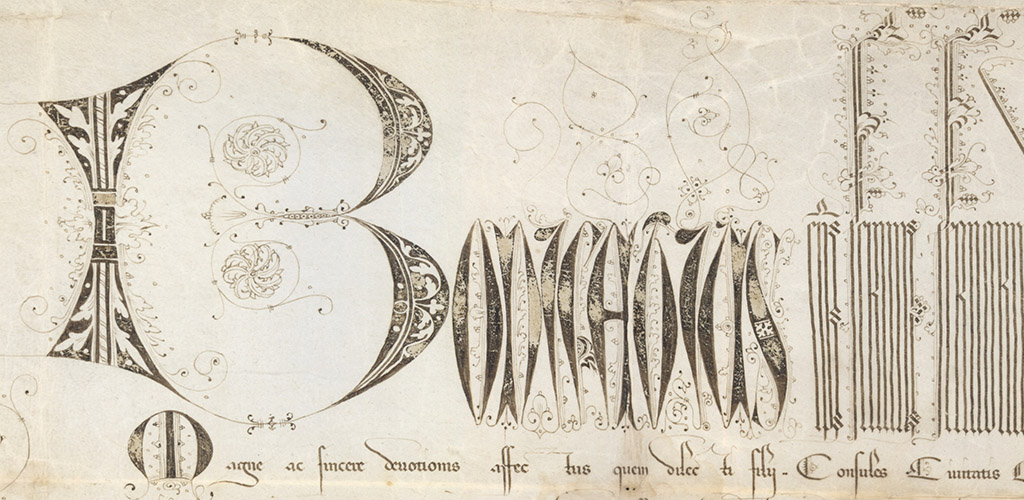Monumenta Vaticana res gestas Polonicas illustrantia
Aim
Printed and digital editions of Poland-related documents housed in the Vatican Archive from the pontificates of Urban VI (1378-1389) and Boniface IX (1389-1404).
Team
Supervisor
- dr hab. Marek D. Kowalski, prof. UJ
Members
- mgr Urszula Zachara-Związek
- dr hab. Anna Zajchowska-Bołtromiuk, prof. UKSW
- dr Adam Zapała
About
Considering an exceptional role of the Holy See in the Middle Ages, the papal sources are among the most popular in medieval studies. A vast majority of this material is housed in the Vatican Archive, which is the biggest collection of sources on the Polish history abroad. There are more than 20 000 medieval ‘Polish’ documents. To this day our historiography lacks a quality edition of papal sources, especially those covering the Late Middle Ages. Due to many imperfections of available publications, an accurate edition of this material is an immediate academic necessity.
The Monumenta Vaticana res gestas Polonicas illustrantia project is planned to span many years. Its goal is to publish the papal sources regarding Poland in the Late Middle Ages, focusing on the years 1378-1503. A direct aim, set out to be achieved within the next 5 years, is a releasing a volume of sources from the pontificate of pope Urban VI (1378-1389) and a release of the first volume of material (at least 500 documents) from the pontificate of Boniface IX (1389-1404). All sources will be made available in a high-quality digital version, providing scholars with extensive possibilities of searching and analysis. This is going to be the first digital edition of sources on that scale in Polish medieval studies.
The volume Acta Urbani papae VI (1378–1389) will be also issued as a traditional printed form. An original method which has not yet been used in European publications will be employed. Its main feature is a joint release of all types of papal sources (supplications; bulls; treasury, consistorial, judicial and the Apostolic Penitentiary records) from both the Vatican Archive and local archives of the recipients. Moreover, the organisation of the material will reflect the operations of the curial offices, which will facilitate accurate historical analysis of papal sources, which are the product of the most complicated bureaucratic machine in medieval Europe.

